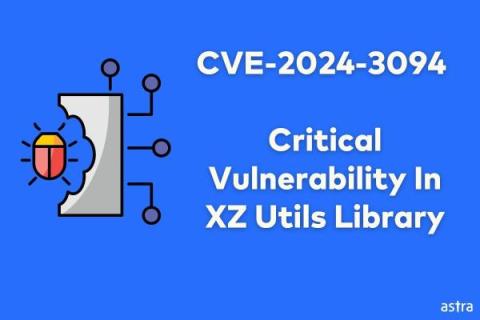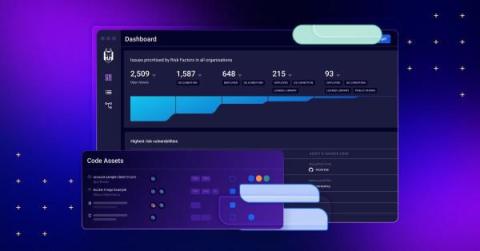How to Fork a Repository on GitHub
Watch the full video for more... ⚒️ About Snyk ⚒️ Snyk helps you find and fix vulnerabilities in your code, open-source dependencies, containers, infrastructure-as-code, software pipelines, IDEs, and more! Move fast, stay secure.











